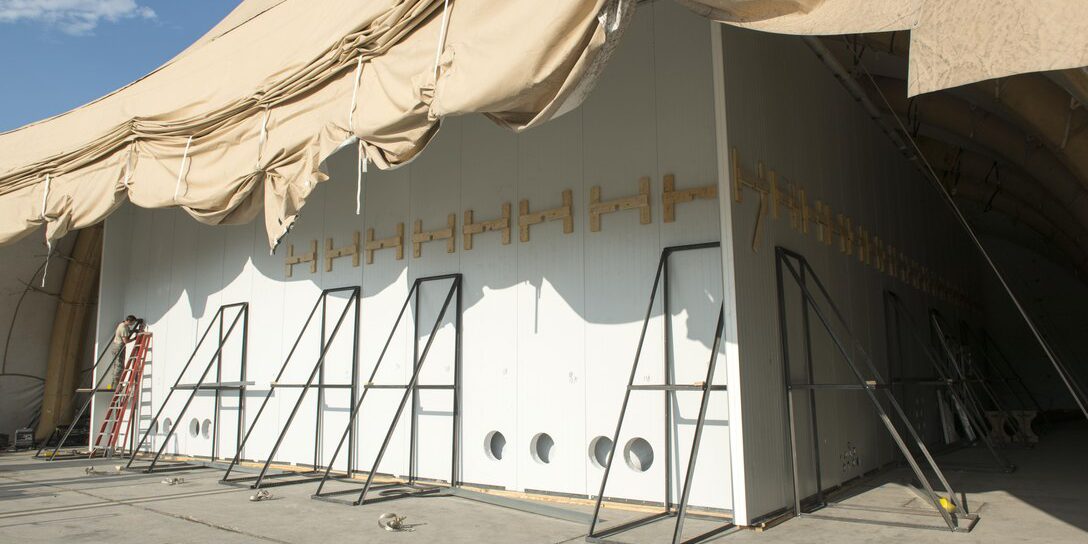an email newsletter released every month highlighting the latest articles, events, technical inquires, and voices from the community
Hot Air Decontamination of Aircraft Exposed to Biological Warfare Agents

Posted on June 10, 2021 | Completed on January 19, 2021 | By: Scott E. Armistead
What are the minimum hot air decontamination temperatures for common chemical weapons and anthrax?
The Defense Systems Information Analysis Center (DSIAC) discussed the issue with chemical, biological, radiological, and nuclear subject matter experts (SMEs) from military units; U.S. Air Force, Army, and Navy research laboratories; and joint program offices. Additionally, DSIAC researchers reviewed numerous technical reports within the Defense Technical Information Center Research & Engineering Gateway that included details on test results of hot air decontamination (HAD) and biothermal decontamination (BTD) for the C-141, C-130, and Joint Strike Fighter aircraft.
The general consensus of the SMEs and within the reports was that there is flexibility in reducing decontamination temperatures below 180 °F, depending on the chem-bio agent of interest and desired treatment duration. The biggest challenge was maintaining the desired temperature and humidity across the entire aircraft. Use of the Joint Biological Agent Decontamination system aircraft enclosure system has been demonstrated to be effective. The SMEs noted testing has shown that a temperature of 160 °F and relative humidity of 90% or higher using an extended decontamination timeline have been effective for killing certain bioagents, that chemical HAD using temperatures down to 170 °F has shown good promise, and that they believed temperatures of 160 °F and lower could work. However, further research would be needed to determine effectiveness for other chem-bio agents and/or if any other organization has completed testing at these lower temperatures. The SMEs further noted that based on their experience with electronics and equipment within aircraft platforms undergoing decontamination testing, if electronics are completely de-energized and temperature rise was limited to a low enough rate, they did not experience failures of avionics line replaceable units, cockpit screens, or other electronics.
A synopsis of papers and test reports related to HAD and BTD of aircraft at lower than the standard recommended 190 °F was provided to the inquirer.
Want to find out more about this topic?
Request a FREE Technical Inquiry!

